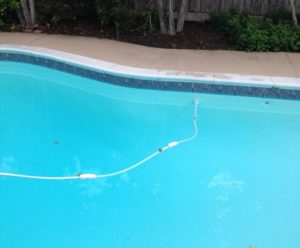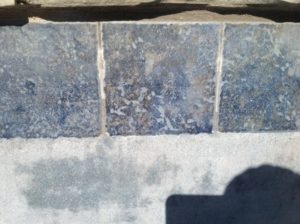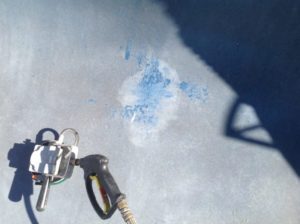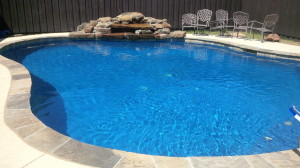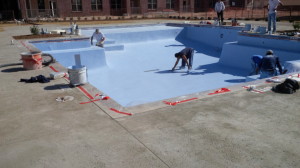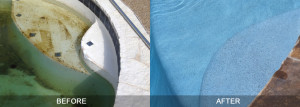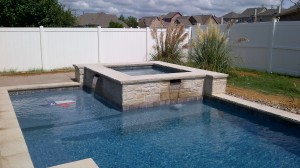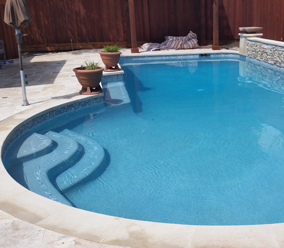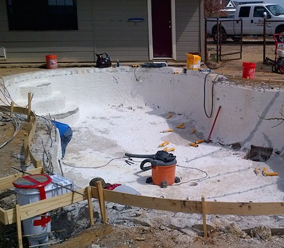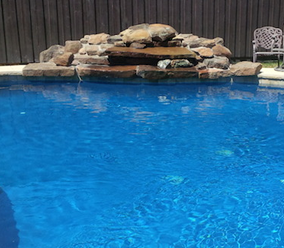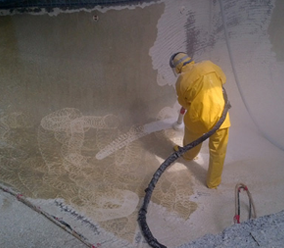The use of chlorine tablets are a problem for swimming pools. They work well as a sanitizing system if your pool water is perfectly balanced. However the use of those tablets ensures your pool will soon be out of balance. This is due to the CYA and other chemicals that are built into the tablets along with the chlorine.
If your pool water is out of balance, the chlorine tablet is not as effective. You think using more and more chlorine will solve the constant algae issue your pool has, but is doesn’t get any better. You will eventually figure out that the CYA is too high which limits the chlorine effectiveness. You are forced to drain your pool and dilute the CYA that accumulates by adding fresh water. It is necessary to do this to protect your plaster, but it is not an environmentally friendly action.
Commercial swimming pools are required by the health department to keep the CYA in the pool below 100 ppm. If it gets over that level the health department will force the closure of the swimming pool until that is corrected and re-inspected. The only solution for high CYA levels is to drain the pool and replace the water with fresh water. This has been the norm for several years, but environmentally it is not a good idea to continue this practice.
Every time a chlorine tablet dissolves CYA is added to your pool water. Several other chemicals that allow the chlorine to have a longer shell life are built into that tablet and are also added to your pool water. The lack of those chemicals in your pool water when you use a salt system are actually the reason the pool water in those pools feel much better than pools on chlorine tablets. It is not because of the salt in the water
CYA, commonly sold as a stabilizer or conditioner will damage your pool plaster investment if left unchecked. Pools with colored finishes cannot maintain their intended color in high CYA level pool waters. Every time a chlorine tablet dissolves and every time the pool is shocked with granular chlorine the CYA value will increase. Your plaster investment must be protected against high CYA values.
Stay tuned for a solution to wasting water and high CYA values in your pool. G&B will be releasing this must have information on Wednesday the 12th.



